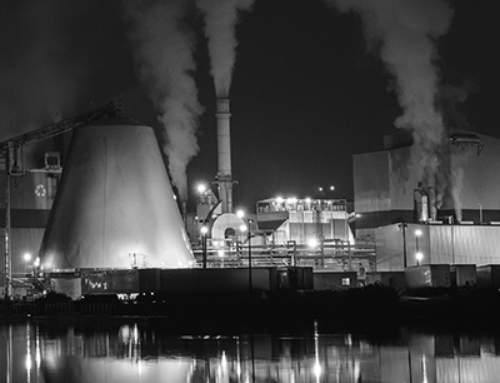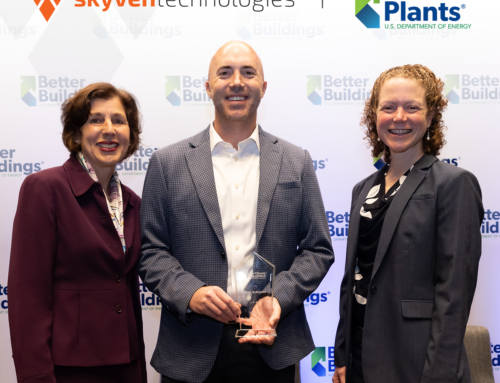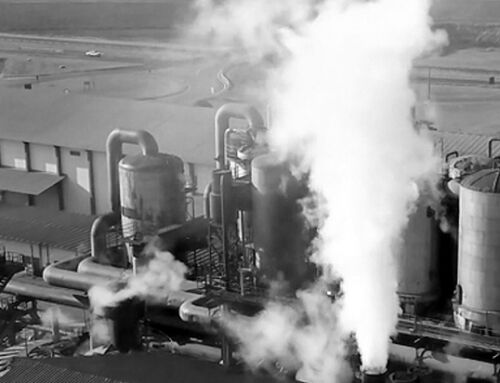Dairy production continues to rise in the United States, yet many of us are disconnected from the work and challenges that farmers face.
With much of the US dairy industry making bold commitments to climate action, we wanted to gain a greater appreciation for the scope of the dairy production supply chain and better understand the challenges and opportunities facing the industry.
To do that, we sat down with Doug Glade, former senior executive at the largest dairy Co-Op in the US. Here’s a look at our conversation.
What current political initiatives or trends are having the greatest impact on the dairy industry?
Sustainability has been a key topic for at least 10 years, but it’s really been getting a lot more attention recently. Within the last couple years, most of the largest global dairy companies have made very aggressive commitments to reduce GHG emissions. And the dairy industry anticipates more stringent regulations will most likely follow in the near future.
Immigration reform is another critical topic for the agriculture industry. It’s very difficult for employers to employ people at a competitive wage level because of the limited supply and the high level of competition with other manufacturers vying for the same labor pool particularly in rural areas.
Trade legislation and global trade agreements are other key topics. A variety of dairy ingredients and dairy products are exported outside the US and are competing head-to-head with places like Europe and Oceania. If one or more of those countries have trade agreements that are more favorable than those of the US, the US is put at a disadvantage which makes it more difficult for dairy farmers to move products to key global markets like Canada, LATAM, Asia, Southeast Asia.
What is the low-hanging fruit in reaching the emissions reduction goal for dairy companies?
Companies have many areas across the supply chain beyond reducing waste like increasing the efficiency of heating & cooling processes, which can improve things dramatically. Efficiency measures have proven to be the most cost-effective way to address climate change for dairy while reducing energy waste and expanding the use of renewable energy resources. Standardizing those across the organization should yield impactful benefits.
Optimizing freight lanes is another easy approach. If you can reduce the amount of miles traveled and the amount of gas consumed each year, that’s reducing GHG. Also, increasing the percentage of sustainable packaging materials that we are procuring and using will have an immediate impact on reaching the target goal.
What are the greatest challenges to meeting the emissions reduction goals?
Capital is always going to be an issue as the competition for capital increases for dairy companies and they have to balance improvements in sustainability, innovation and margin enhancement projects.
Labor is another challenge that all manufacturing facilities are facing. If they don’t have appropriate labor at the plant, implementing emissions projects — even low capital cost projects — will continue to be a challenge.
What services or solutions can best help dairy companies reach their sustainability goals?
Services that can provide low capital cost to energy improvements will be extremely valuable. Services that have the capacity to partner with manufacturing facilities to reduce carbon footprint by implementing renewables or creating energy out of waste will be critical.
To start, implementing solutions that target the low-hanging fruit will be good to build momentum as the emissions roadmap inevitably adjusts over time. Installing higher efficiency boilers and converting to higher efficiency utilities can make a big impact, and if applied across all manufacturing facilities, the impact would be significant.
Enhanced collaboration would also yield benefits. The more companies collaborate with each other and explore new ways of doing things, the faster everybody wins.
What are the greatest misconceptions people have about dairy production?
That dairy farmers are not sustainable friendly. It couldn’t be further from the truth. Taking care of their animals is in their best interest. Taking care of their land is in their best interest. Being the most efficient operator is in their best interest.
If you have a good idea that makes sense to them and the planet, they’ll be the first ones to jump on and say ‘let’s do it!’
What can people in urban settings do to be more connected to their dairy supply?
Supporting local farms either by buying their product or visiting them can be a great way to connect. Farms are increasingly opening themselves up to host customers and consumers. Folks can come in and really learn about how farmers operate, the challenges they face, and how they’re being eco-friendly.
Visiting a farm is certainly eye-opening. When you meet with the farmers and hear their passion for what they do, their passion for providing the most nutritious product to consumers, you can see the care they place on what they do. A tighter connection is built as you become more informed.
This connection to the dairy industry can allow us to better support our farmers and the industry’s goal to decarbonize and stay competitive in a changing landscape.





